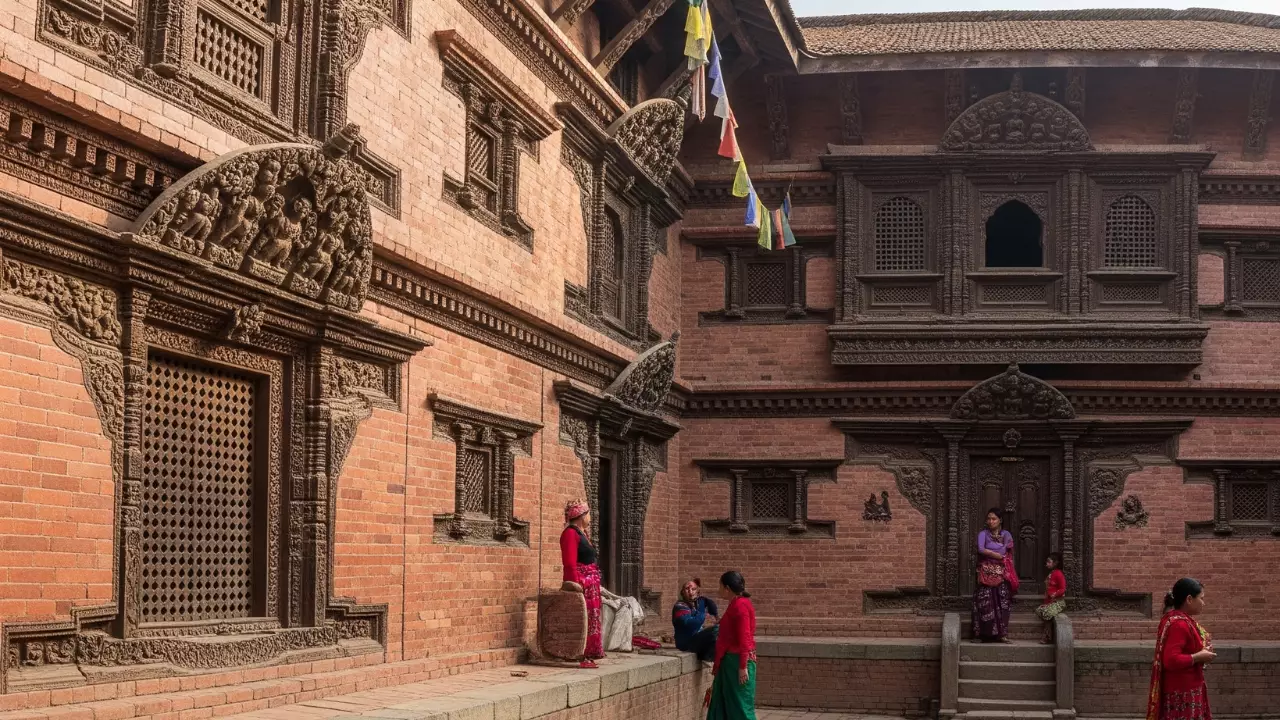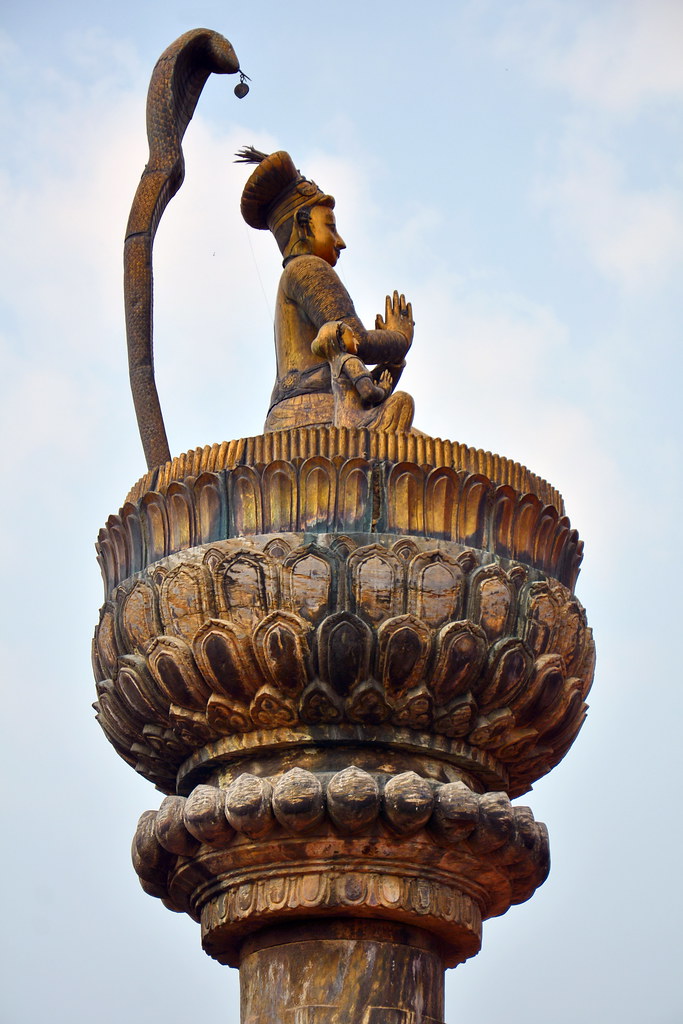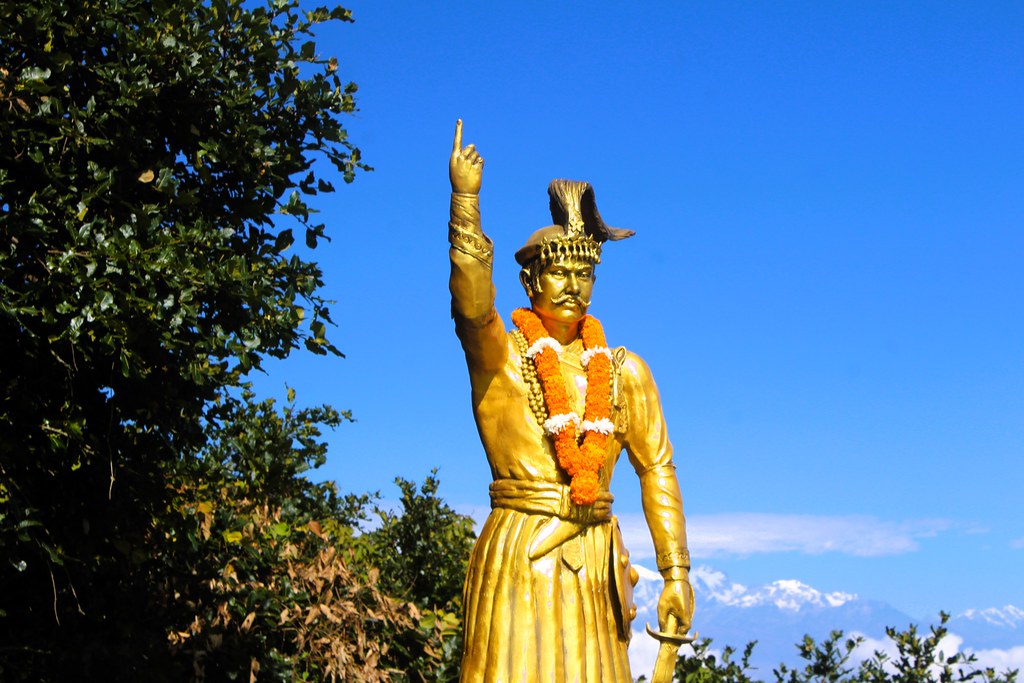Share this Article
Nepal’s rich cultural heritage and traditional craftsmanship have made a significant mark in the world, and one of its most remarkable contributions is the craft of Lokta paper. Known for its durability, unique texture, and cultural significance, Lokta paper is handmade from the bark of the Lokta tree (Daphne bholua) and has been a cherished material in Nepal for centuries. The tradition of crafting Lokta paper has deep roots in Nepalese culture, particularly within the realms of religious practices, art, and literature.
1. The Origin and History of Lokta Paper
The art of making Lokta paper dates back thousands of years, with its origins often traced to the Tibetan Buddhist tradition. The process is believed to have been passed down from the Tibetan Plateau to Nepal, where it evolved into an essential craft. Lokta paper is known for its resilience and longevity, which made it an ideal medium for religious manuscripts, scriptures, and other documents that required protection from the elements.
Historically, Buddhist monasteries, temples, and scholars in Nepal relied on Lokta paper to record and preserve ancient texts, sacred scriptures, and important records. The use of Lokta paper is most prominent in the Kathmandu Valley, which has long been home to a thriving community of paper makers and artists. Even today, the paper remains indispensable for the copying of sacred texts, including Buddhist prayers, mantras, and thangkas (scroll paintings).
2. The Lokta Tree: The Source of Sacred Paper
Lokta paper is made from the bark of the Lokta tree, a high-altitude shrub found in the rugged hills and mountainous regions of Nepal. The tree thrives at altitudes between 2,000 to 3,000 meters, primarily in areas such as the Rasuwa, Sindhupalchok, Dolakha, and Solukhumbu districts. The Lokta tree is highly valued not only for its paper-making properties but also for its medicinal uses and its role in local ecosystems.
The harvesting process is meticulous and respectful. The bark of the tree is stripped in a way that allows the tree to regenerate, ensuring that it can continue to provide material for future use. The bark is collected during specific times of the year, typically between April and October, when the sap is thick, and the tree is most suitable for harvesting. The harvesting method is sustainable and does not harm the Lokta tree, as only the outer bark is taken.
3. The Crafting Process of Lokta Paper
The creation of Lokta paper is a labor-intensive process that involves multiple steps, each requiring great skill and patience. The steps are as follows:
3.1 Harvesting the Bark
The process begins with the careful harvesting of the bark from the Lokta tree. Once harvested, the bark is dried for a short period before being soaked in water for a few hours to soften it.
3.2 Boiling the Bark
The softened bark is boiled in a large pot to separate the fibrous strands from the bark. The bark is boiled with water and soda ash, which helps to loosen the fibers. This boiling process breaks down the bark into its fibers, which are then turned into a pulp.
3.3 Pulping
After boiling, the fibers are mashed into a pulp-like substance, which is mixed with water to create a slurry. The pulp is then placed in a large vat of water, and the next step involves spreading the pulp onto a screen to form a thin sheet of paper.
3.4 Forming the Paper
A dandy roll or mesh frame is dipped into the vat of pulp, and the fibers are evenly spread across the frame. The screen is then gently lifted out of the water, allowing the paper to dry. At this stage, the paper still has a fibrous texture and can be left in various thicknesses depending on its intended use.
3.5 Drying
After the paper sheets are formed, they are carefully removed from the frames and laid out to dry under the sun. The drying process is an important step in ensuring the final texture and strength of the paper.
3.6 Finishing and Cutting
Once the paper is completely dry, it is ready for the final touches. The paper is pressed to smooth out wrinkles and is then cut into desired sizes for different uses, such as scrolls, books, or stationary.
4. Unique Characteristics of Lokta Paper
Lokta paper is highly valued for its durability, texture, and eco-friendliness. Some of the key characteristics that set Lokta paper apart from other handmade papers include:
4.1 Strength and Durability
Lokta paper is extremely strong and durable due to its long fiber content. Unlike regular paper, Lokta paper does not tear easily and can withstand harsh environmental conditions. This strength makes it particularly suitable for preserving important documents, religious texts, and manuscripts that are passed down through generations.
4.2 Natural Texture
Lokta paper has a unique natural texture that reflects its handmade nature. The surface of the paper is often slightly rough, with visible fibers running through it. This texture makes it perfect for art, calligraphy, and painting.
4.3 Eco-Friendly
Since Lokta paper is made from sustainable materials and involves no harmful chemicals, it is considered highly eco-friendly. The harvesting of the Lokta tree is done with respect for nature, and the process of making the paper does not contribute to deforestation or environmental degradation.
4.4 Aesthetic Appeal
The natural color of Lokta paper ranges from light brown to beige, and it can be dyed or colored to suit the needs of artists and artisans. The paper's rustic appearance is well-suited for creating artistic works, such as paintings, journals, and greeting cards.
5. Cultural and Religious Significance of Lokta Paper
Lokta paper holds a special place in Nepalese culture, especially within the Buddhist and Hindu traditions. It is used extensively in the production of sacred texts, such as Buddhist sutras, mantras, prayer flags, and thangkas. The durability of Lokta paper makes it an ideal medium for copying and preserving ancient scriptures that have been passed down for generations.
One of the most important religious uses of Lokta paper is for the creation of the Kathmandu Valley’s prayer wheels. These paper scrolls, containing sacred mantras, are placed inside the wheels and spun by devotees as a form of prayer.
In addition to its religious uses, Lokta paper has also become an integral part of Nepali artistic expression. Many modern-day artists and artisans use it to create handmade paper products such as stationery, journals, gift wraps, and decorative items. The texture and unique quality of Lokta paper make it highly sought after by artists worldwide, contributing to the paper’s continued popularity.
6. The Economic Impact and Preservation of Lokta Paper Craft
The craft of Lokta paper-making has significant economic and cultural value in Nepal, particularly in rural areas. Many families and communities, especially in the hilly regions of the country, depend on the production of Lokta paper for their livelihoods. The craft not only provides a source of income but also helps preserve traditional methods of paper-making that have been passed down for generations.
In recent years, efforts have been made to protect the craft of Lokta paper from modern industrialization and deforestation. Organizations, both local and international, are working to ensure that the harvesting of the Lokta tree remains sustainable and that the craft is preserved for future generations.
7. Conclusion
Lokta paper is more than just a material; it is a symbol of Nepal’s rich cultural, spiritual, and artistic traditions. The paper’s creation involves a blend of nature, labor, and creativity, and it remains an integral part of Nepal’s cultural fabric. Whether used for religious manuscripts, artwork, or modern-day stationery, Lokta paper continues to be a cherished craft, deeply rooted in the heritage of Nepal. Through its unique process and enduring qualities, it tells the story of a timeless tradition that bridges the past and the present.
Categories:
History & Heritage
,
Lifestyle & Local Life
Tags:
Heritage







